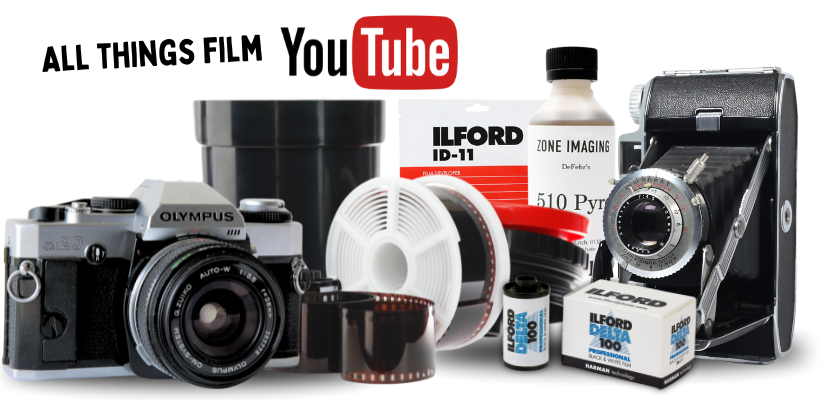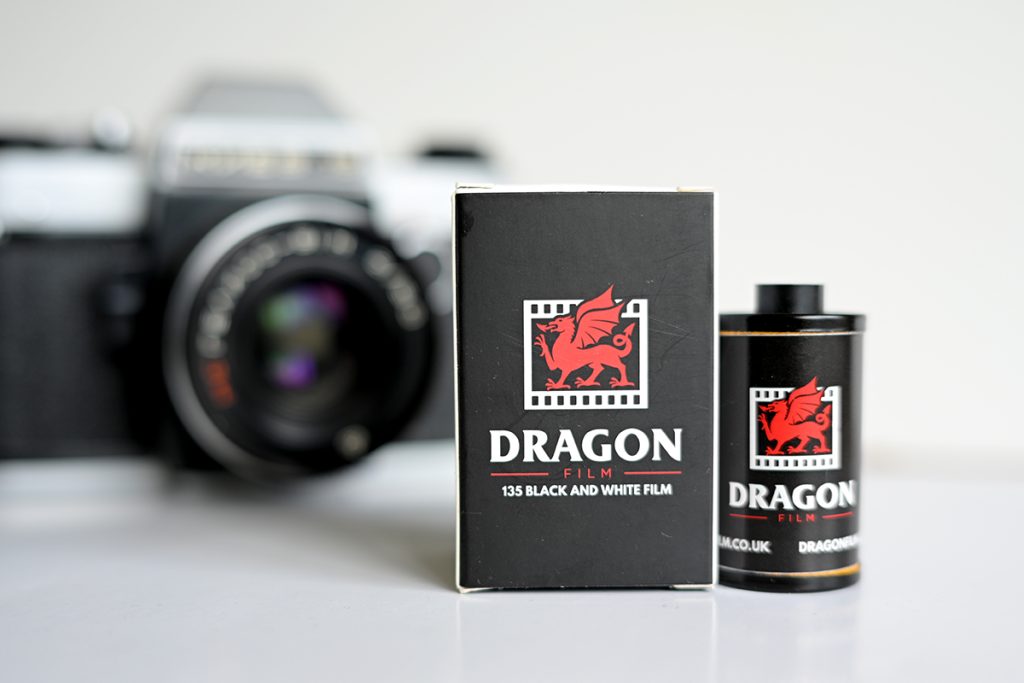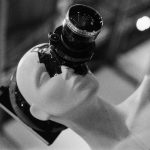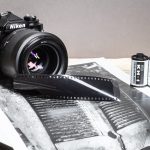

If it’s your first time landing on the SFLaB website and you’re into shooting film then check out the popular Shoot Film Like a Boss YouTube channel where film photography videos are uploaded weekly!
Latest Blog Post

Recent Posts
- “New” Film. Dragon No1 Film.
- Black & White or Grey? Contrast.
- Delta 3200 at the London Photography & Video Show 2025
- HARMAN RED (REDSCALE)
- Svema KN-1 Expired Film









